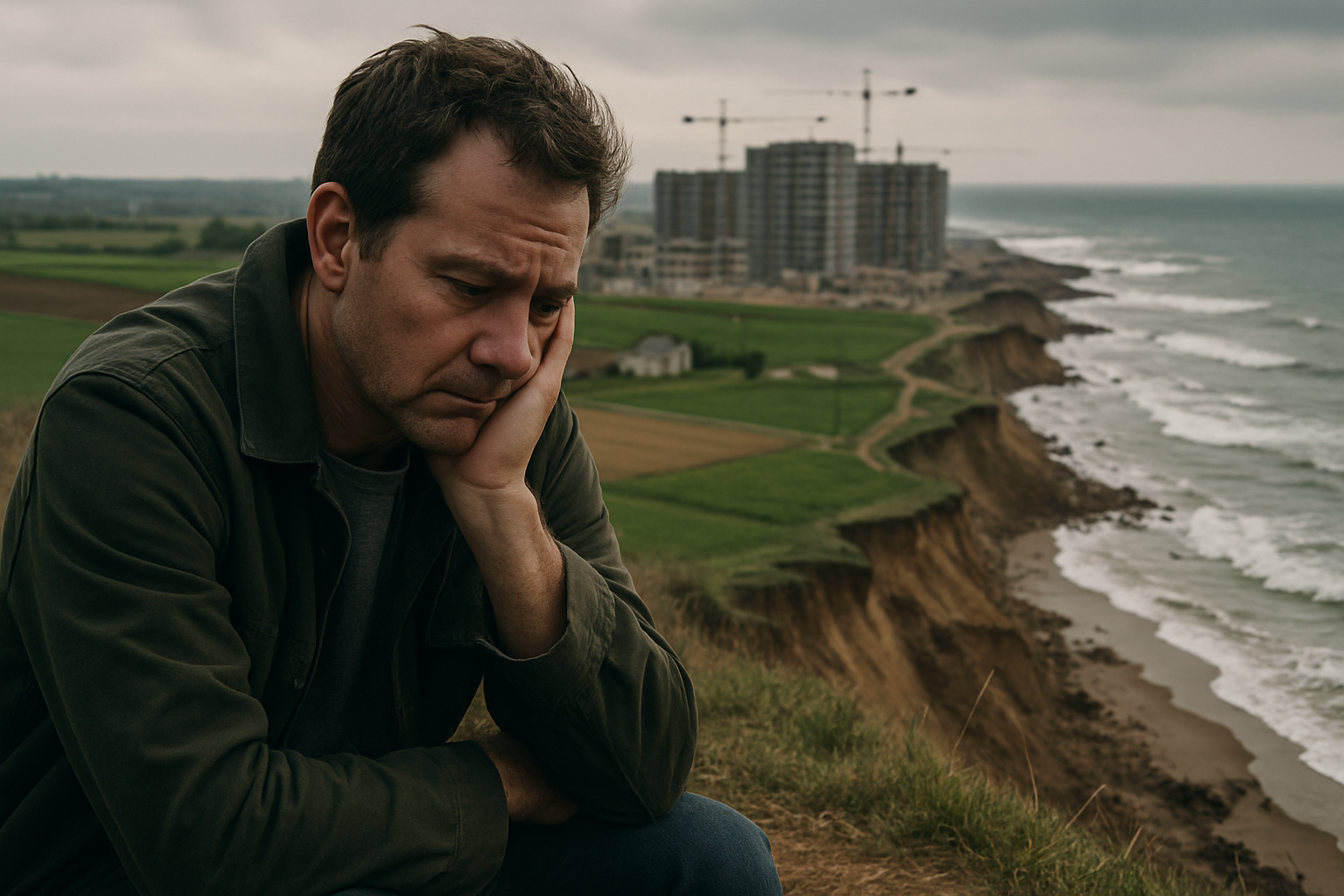Solastalgia: The Emotional Toll of Environmental Change
The concept of solastalgia, a neologism describing the distress caused by environmental change, is gaining traction in modern discourse. This phenomenon, bridging ecology and psychology, offers a unique lens through which to view our evolving relationship with our surroundings. As climate change accelerates and landscapes transform, understanding solastalgia becomes crucial for addressing mental health in the Anthropocene.

This concept emerged from Albrecht’s observations of Australian communities affected by large-scale open-cut coal mining. Residents expressed profound sadness and anxiety as their familiar landscapes were altered beyond recognition. The term combines solacium (comfort) and algia (pain), effectively capturing the ache one feels when the place that should provide solace is under assault.
Manifestations in Modern Society
Solastalgia manifests in various ways across different communities. In coastal areas, rising sea levels and intensifying storms erode shorelines and threaten homes, leaving residents grappling with a changing sense of place. Agricultural communities face shifting growing seasons and unpredictable weather patterns, disrupting generational farming practices and cultural identities tied to the land.
Urban dwellers aren’t immune either. Rapid development, gentrification, and the loss of green spaces can trigger solastalgia even in city environments. The disappearance of familiar landmarks or the transformation of neighborhoods can leave long-time residents feeling alienated in their own communities.
Psychological and Social Impacts
The psychological toll of solastalgia is significant and multifaceted. Individuals may experience anxiety, depression, and a sense of powerlessness as they witness changes in their environment. This distress can be particularly acute for indigenous communities whose cultural practices and identities are intimately tied to specific landscapes.
Social cohesion can also suffer as communities grapple with environmental changes. Disagreements over adaptation strategies or the very acknowledgment of climate change can create rifts between neighbors. Additionally, the loss of communal spaces or traditional gathering spots due to environmental shifts can weaken social bonds and cultural continuity.
Coping Mechanisms and Resilience
Despite the challenges posed by solastalgia, many communities are developing innovative coping mechanisms. Some engage in ecological restoration projects, actively working to heal damaged environments. These efforts not only address physical changes but also provide a sense of agency and hope.
Others focus on documenting and preserving memories of changing landscapes through art, storytelling, or digital archives. This process of collective memory-keeping helps maintain a sense of continuity and shared history, even as physical surroundings evolve.
Psychologists and environmental scientists are also exploring therapeutic approaches tailored to address solastalgia. These may include nature-based therapies, community support groups, and interventions that help individuals reframe their relationship with changing environments.
Implications for Policy and Planning
As awareness of solastalgia grows, its implications for policy and urban planning are becoming clear. City planners and policymakers are increasingly recognizing the need to consider the psychological impact of environmental changes when designing climate adaptation strategies.
This might involve preserving key landmarks or natural features during development projects, ensuring community involvement in environmental decision-making, or incorporating green spaces and nature-based solutions in urban redesign efforts. By acknowledging and addressing solastalgia, communities can build more resilient and psychologically sustainable futures in the face of inevitable environmental change.
Conclusion: A New Frontier in Environmental Psychology
Solastalgia represents a critical intersection of environmental and mental health concerns. As our planet continues to change, understanding and addressing this phenomenon will be crucial for maintaining individual and community well-being. By recognizing the profound connection between people and place, we can develop more holistic approaches to environmental stewardship and psychological resilience in the age of climate change.





